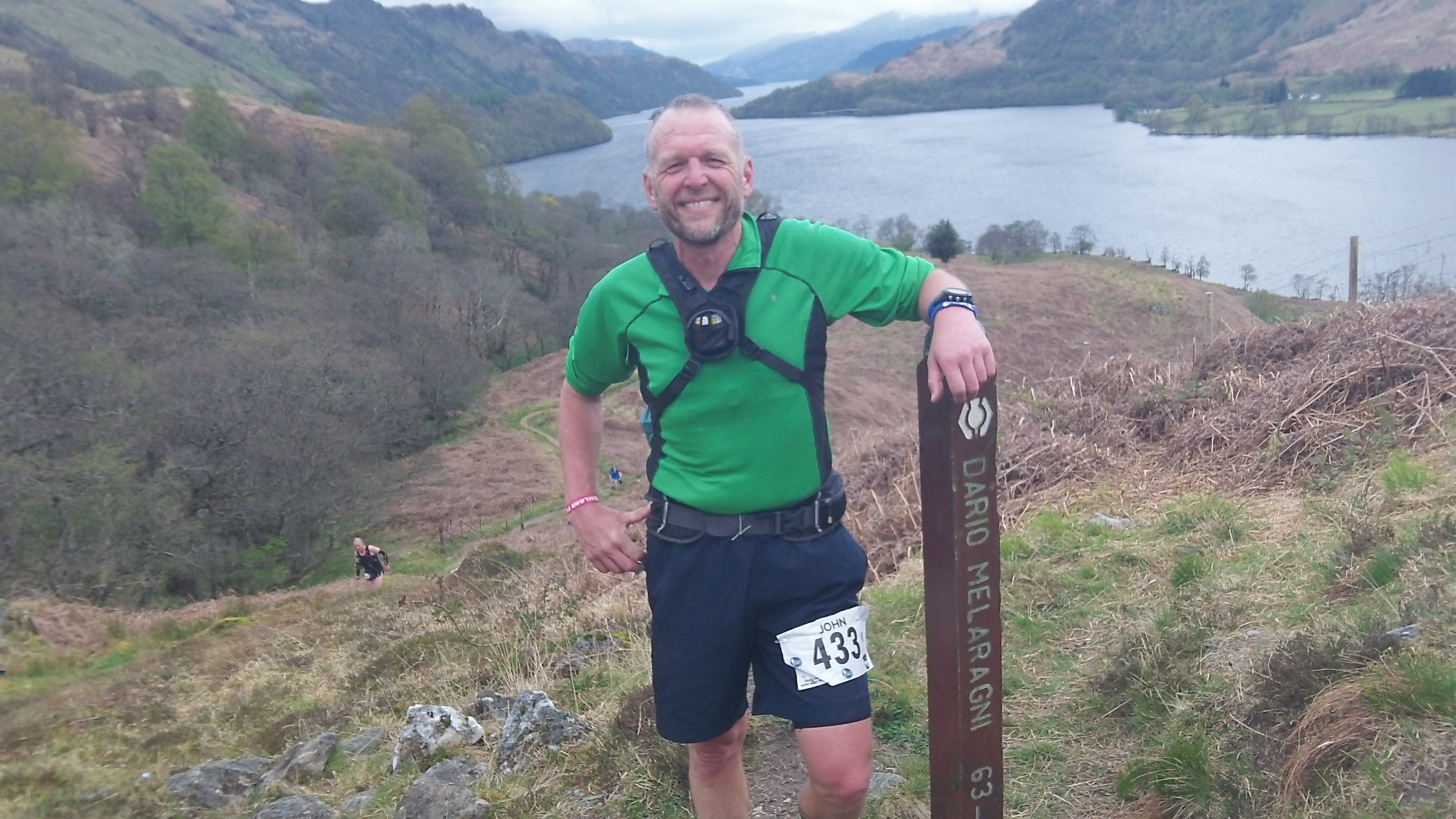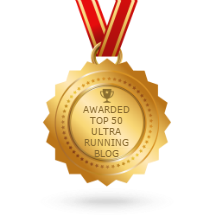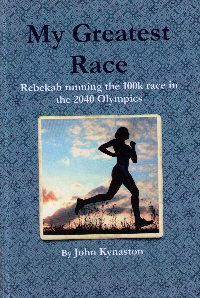I find it is always good to do a post on lessons I have learnt from an ultra race. So before the race drifts into history I thought I would jot down some key lessons. These are in no particular order.
Kit
I was generally happy with my kit. I wore my tried and trusted outfit. Sketchers Ultra 2, Drymax socks, thigh length skins, Reebox long shorts and my trusted green Ronhill top.

I carried my North Face Enduro rucksack with windproof top, gloves, hat, camera and compulsory items of emergency survival blanket and mobile phone.
I reckon I didn’t need to carry the windproof top, hat and gloves but you never know what the weather might do.
Food
I managed this pretty well I think. I ate and drank the following …
- Milngavie to Balmaha: 2 slices of fruit bread with peanut butter and jam
- Balmaha to Rowardennan: small pot of mashed sweet potato
- Rowardennan to Inversnaid: small pot of baked beans
- Inversnaid to Beinglas Farm: Greek style youghat
- Beinglas Farm to Tyndrum: Fruit pot and a Strawberry Milkshake
Plus I drank 5 x 600ml of Tailwind (neutral flavour)
I carried other bits of food including a Chia bar, youghat covered raisins, 9 bar etc but never ate any of them so I ended up carrying them as I didn’t want to throw them away or leave them at the checkpoint so I ended up with a heavier bag than I needed!
Pacing
I set off with a sub 10:15 plan as my gold goal but the main factor was going to be my heart rate. I was keen to try and keep it around 135 for the whole race. Once again I realised that it takes a lot of discipline to keep to this.
I would say for the first 27 miles to Rowardennan I was holding myself back. There were several times when I wanted and could have run a bit quicker but I wanted to trust my strategy and see how it would work out.

This graph of my heart rate shows I was able to stick to my plan and able to finish well with my heart rate around 135 right to the end.
The other indicator for me if I have paced myself well is to see how I got on in relation to the rest of the field. Once the results were published I like to sort them out in time and position for each checkpoint and also split time and position for each checkpoint.
I don’t think the times I had included all the dnfs but this is what I have.
So this is how I got on …
- Milngavie to Drymen: split 1:53:56 (241st)
- Drymen to Rowardennan: split 2:53:25 (231st) overall 4:476:21 (221st)
- Rowardennan to Beinglas Farm: split 3:18:40 (164th) overall 8:06:01 (190th)
- Beinglas Farm to Tyndrum: split 2:32:49 (142nd) overall 10:38:50 (178th)
This is what I would expect if I paced it right. Starting sensibility and slowly working my way through the field. I overtook 63 people after Drymen and my best split in relation to the field was the final one were I was 142nd fastest.
The other good thing for me was how my legs felt. Obviously I knew I had run for 53 miles but I had no major soreness over the next few days. This is always a sign to me that I paced it well and within myself whereas the races I have pushed myself right the limit and beyond I have been really sore for several days.
My right ankle has been a little sore since the race but it has been like that for the past 6 weeks without getting any worse. I gave myself 5 days off from running after the Fling and it is definitely feeling easier.
Preparation for whw
I always like to run the Fling as a race in its own right but I am conscious that the whw race is only 8 weeks later so I want to be able to resume some good training fairly soon. I’m happy that I was able to do that.
I always thought that the Fling would give me a more realistic idea of what I should aim for in the whw race. In 2013 I ran the Fling in 10:05 and the whw in 21:26 so I’m thinking that my three goals for the whw race will be …
- Bronze - sub 24hrs
- Silver - sub 23hrs
- Gold - sub 22hrs 30mins
I think that is realistic and if on the day things are going even better than my gold goal I’ll certainly go with it!
Thoughts on the Fling
Finally just some thoughts on the race as a whole. I have now run 8 Highland Flings but my last one before this year was 2013 so I found it interesting to compare.
The biggest change is just the amount of runners and marshals that are involved. As I took a video clip of the start line it struck me as how much bigger the event is. Plus Katrina was one of the volunteers at the finish so I had a glimpse of the amount of work goes into making the Fling happen so smoothly each year.
Once the race started it felt pretty similar to all the other Flings. A great atmosphere, lots of encouragement from fellow runners and the marshals and a chance to test myself against the terrain and distance.
Obviously there were more people on the track but where I was it wasn’t an issue and in fact meant there was always someone to try and catch or stay ahead of!
So congratulations to John, Noanie and your massive team for making it such an excellent event.
I don’t think I’ll be running next year as it doesn’t fit in with another race I hope to do but I will happily be involved again as a marshal so I can be part of this ultra experience.






I admire your prep and race craft, it’s seems like a long time since you’ve had serious problems, given how easy it is to get things wrong in training or during the race during an ultra being able to consistently put in good performance is to your credit. No doubt honest appraisals like this post are part of what hones the skill.
One aspect I’m curious about is how your short distance performance relate to the ultra performances. For instance what is the ratio of speed in a 10k or half vs speed on the Fling or WHWR, and have these ratios changed over the years?
The reason this might be useful to log and compare as it might be a useful predictor of ultra performances based on shorter distances races, as well as your relative strengths i.e. how good you base aerobic fitness (top speed whilst still running mostly aerobically i.e. 10k/half marathon) vs your resilience (structural, metabolic and mental) that governs how well maintain your pace the further you go.
The observation about base aerobic fitness vs resilience could be useful in helping spot what areas are your weak link that you need to focus your training on improving. Comparing how quickly you slow vs other runners also can help in this process. For instance if you had poor short distance speed but could maintain it well vs others around you then you would most likely gain by improving your basic aerobic fitness, but if it was the other way around building better resilience should be the focus.
Another follow from this is working on what aspect is most dominate in making it hard to maintain pace at longest distances. So is it your energy levels that slows you down? If so then it’s metabolic resilience that is your biggest weakness (i.e. ability to burn fat) so training to burn more fat would be useful. If it’s muscle fatigue/resilience that is the dominant issue in slowing your down then focusing on big hill ascent/descent would likely help. If it’s mental resilience that is your Achilles heel then training this would provide real gains.
This is all a good topic for a WHW podcast, something I’ve been planning for months… really need to get on with it 🙂
For now though, could you post your half marathon/10k times/Fling/WHWR and average speed/pace for the various times you’ve done them all. Thanks.